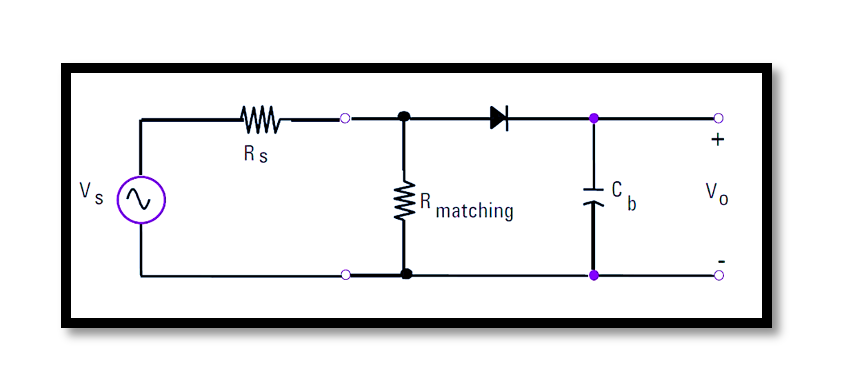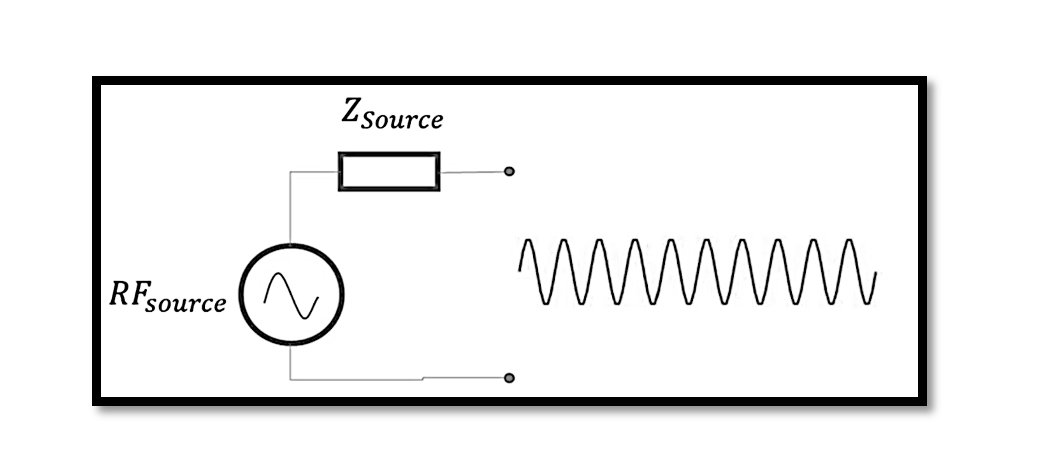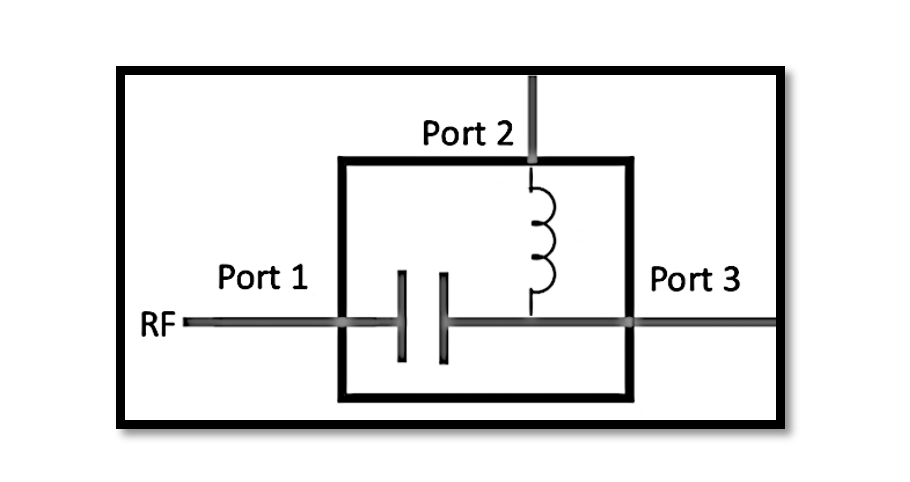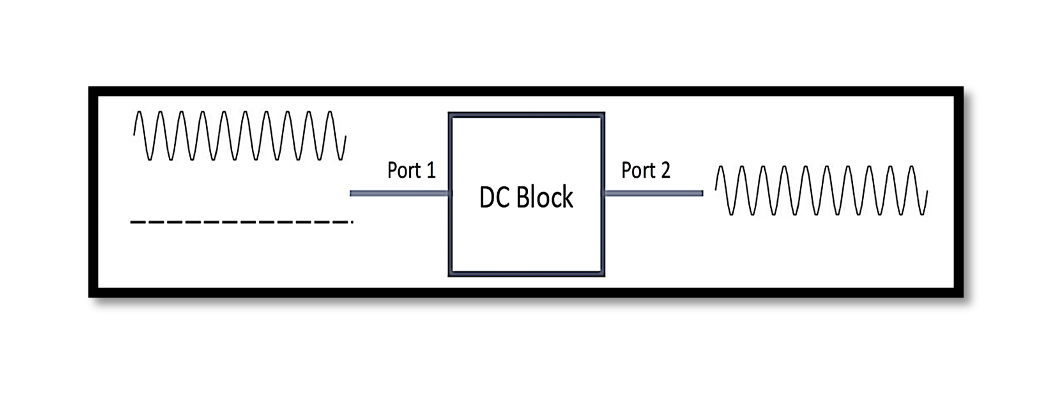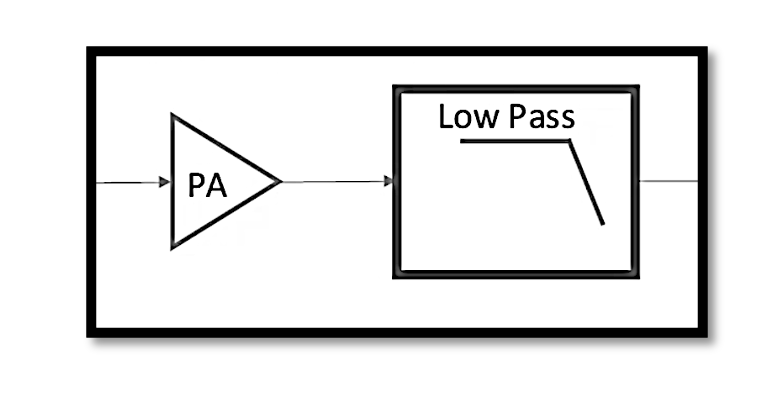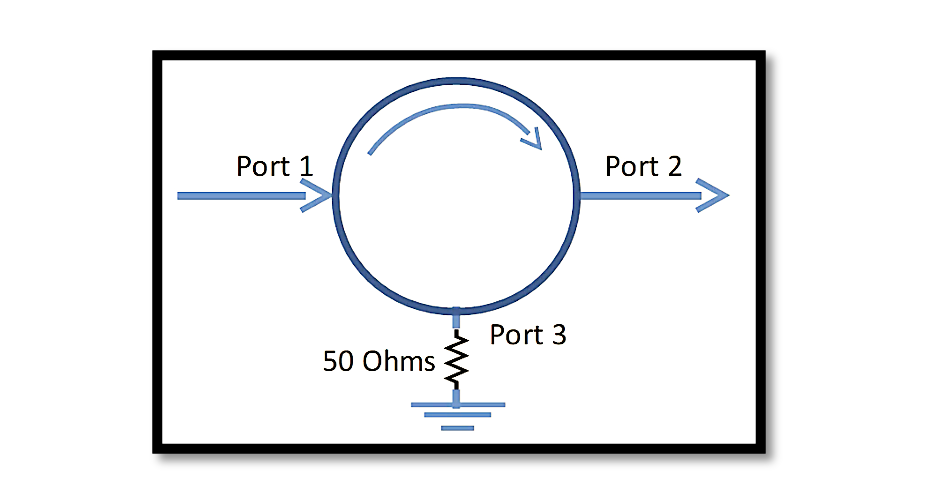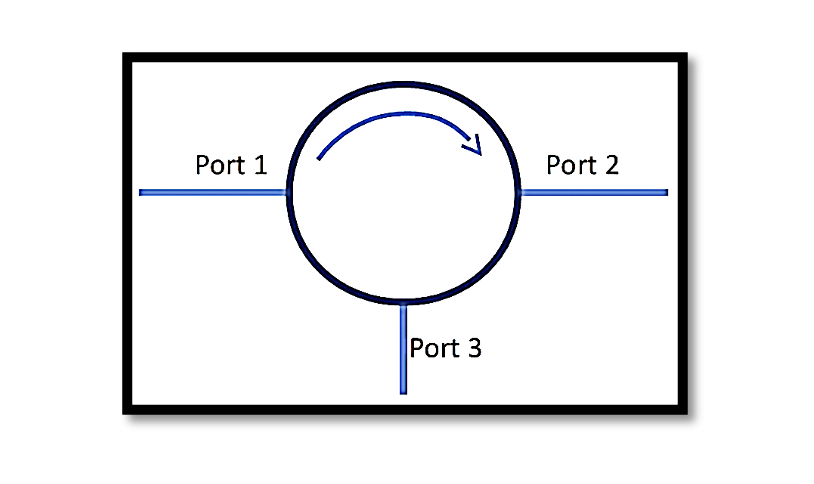Introduction to RF Power Sensors and Meters: In the ever-evolving landscape of radio frequency engineering, the shift towards precision and efficiency has prompted a significant transition from traditional power meters to the advanced realm of RF power sensors. This comprehensive …
Introduction: In the dynamic landscape of electronics and wireless communication, RF signal generators stand as indispensable tools, empowering engineers and technicians to meticulously test and optimize RF and microwave devices. From their fundamental ability to generate RF signals at precise …
Introduction: In the intricate world of electronic systems and communication technologies, the bias tee emerges as a versatile and indispensable component, weaving its significance across diverse applications. From optimizing the performance of active antennas to facilitating precise testing of transistors, …
Introduction to Bias Tee: In the intricate world of electronics, where precision and versatility are paramount, Bias Tees emerge as indispensable components. These 3-port passive devices seamlessly blend AC and DC signals, offering a unique ability to combine and split …
Introduction: In the ever-evolving landscape of radio frequency (RF) testing and communication systems, the quest for precision and reliability stands as a constant pursuit. At the heart of this endeavor lies the critical role of Direct Current (DC) blocks, versatile …
Introduction: In the intricate world of electronic systems, where precision and signal integrity are paramount, the role of DC blocks emerges as a crucial factor. These passive components, designed to permit the flow of AC signals while effectively blocking DC …
Introduction: In the ever-expanding landscape of radio frequency (RF) engineering, the strategic implementation of RF filters stands as a linchpin for achieving precision, reliability, and efficiency in various applications. These filters, designed to selectively allow or block specific frequencies, play …
Introduction: In the intricate world of electronic signal manipulation, RF filters stand as silent gatekeepers, orchestrating the flow of signals with precision and finesse. These passive yet pivotal components wield the power to permit or obstruct signals based on their …
Introduction Circulators and isolators, two essential components in the realm of radio frequency (RF) and microwave technologies, play diverse and critical roles across various applications. Isolators serve as protective barriers, safeguarding sensitive equipment from the detrimental effects of reflections that …
Introduction to Circulators and Isolators Circulators and isolators play pivotal roles in managing signal flow, despite their diminishing prevalence in low-power applications. These devices, rooted in ferromagnetic principles, exert precise control over the trajectory of RF signals. This control isn’t …

